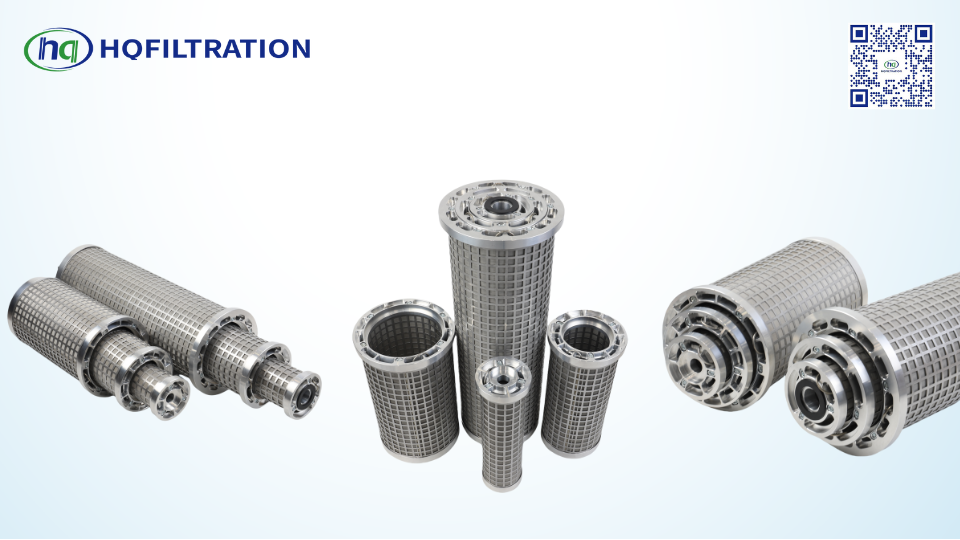Professional production of industrial filter joint-stock enterprises.
Multiple Filter Elements In Parallel
Apr 19,2025

Parallel filter elements refer to connecting two or more filter elements in parallel in the same filtration system to increase flow, enhance system reliability or achieve graded filtration. This design is widely used in industrial, household water purification, hydraulic lubrication, chemical and other fields.

Features:
Flow rate multiplication: multiple filter elements work at the same time, total flow rate = sum of the flow rates of each filter element, suitable for large flow demand scenarios.
Redundant backup: if a single filter element is blocked or fails, the remaining filter elements can still maintain system operation and improve reliability.
Extend service life: pollutants are dispersed to multiple filter elements, reducing the load of a single filter element and reducing the frequency of replacement.
Flexible configuration: filter elements with different filtration precision or materials can be combined (such as PP cotton + activated carbon + stainless steel mesh).
Application:
Industrial hydraulic system-improve oil filtration efficiency and reduce equipment wear.
Chemical/pharmaceutical industry-high-precision parallel filter elements are used for liquid filtration to ensure no impurity contamination.
Compressed air system-parallel filter element group improves gas handling capacity and reduces pressure drop effect.
Latest technology trends:
Intelligent monitoring: Some high-end parallel filter elements integrate pressure sensors to monitor blockage in real time.
Modular design: Supports quick replacement and reduces downtime (such as online maintenance of hydraulic systems).
Compound filtration: Combines deep filtration + surface filtration to increase the amount of dirt.
Summary:
Parallel filter elements work together through multiple channels and are suitable for filtering scenarios with large flow and high reliability requirements. They are widely used in industries, water purification, chemical industry and other fields, and the future trend will develop in the direction of intelligence and modularization.
PREVIOUS:
Contact Us
E-mail :
sales@hqfiltration.com
Phone/Whtasapp:
+8618300643699
Phone/Whtasapp:
+8615239198219
Address:
A15 Aliyun Innovation Center, Wuzhi, Jiaozuo, Henan. China. 454950
COOKIES
Our website uses cookies and similar technologies to personalize the advertising shown to you and to help you get the best experience on our website. For more information, see our Privacy & Cookie Policy
COOKIES
Our website uses cookies and similar technologies to personalize the advertising shown to you and to help you get the best experience on our website. For more information, see our Privacy & Cookie Policy
These cookies are necessary for basic functions such as payment. Standard cookies cannot be turned off and do not store any of your information.
These cookies collect information, such as how many people are using our site or which pages are popular, to help us improve the customer experience. Turning these cookies off will mean we can't collect information to improve your experience.
These cookies enable the website to provide enhanced functionality and personalization. They may be set by us or by third-party providers whose services we have added to our pages. If you do not allow these cookies, some or all of these services may not function properly.
These cookies help us understand what you are interested in so that we can show you relevant advertising on other websites. Turning these cookies off will mean we are unable to show you any personalized advertising.
SAF Coolest v1.3.1.2 设置面板 GAGSD-AGYF-JSXAE-FEZ
无数据提示
Sorry,当前栏目正在更新中,敬请期待!
您可以查看其他栏目或返回 首页


